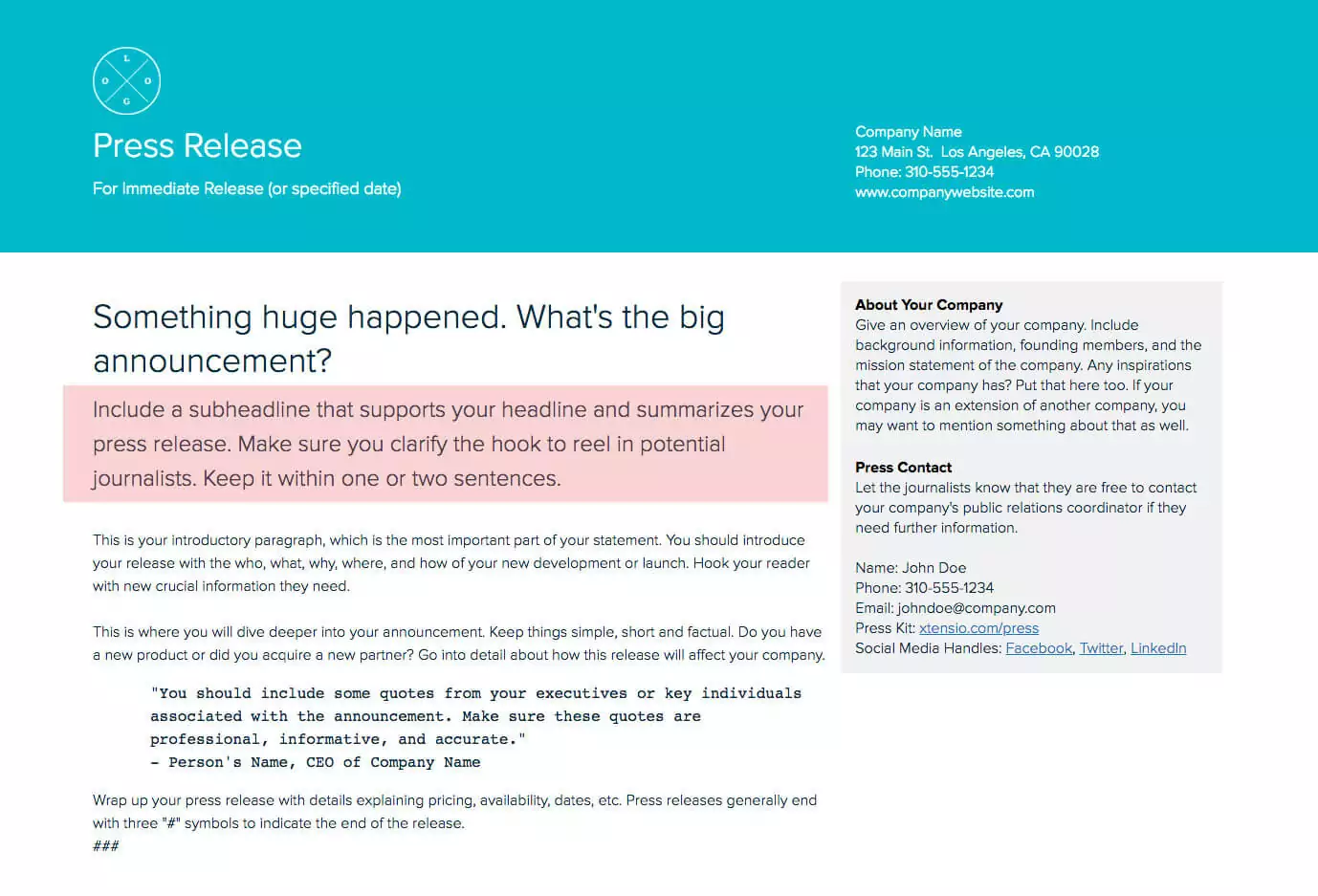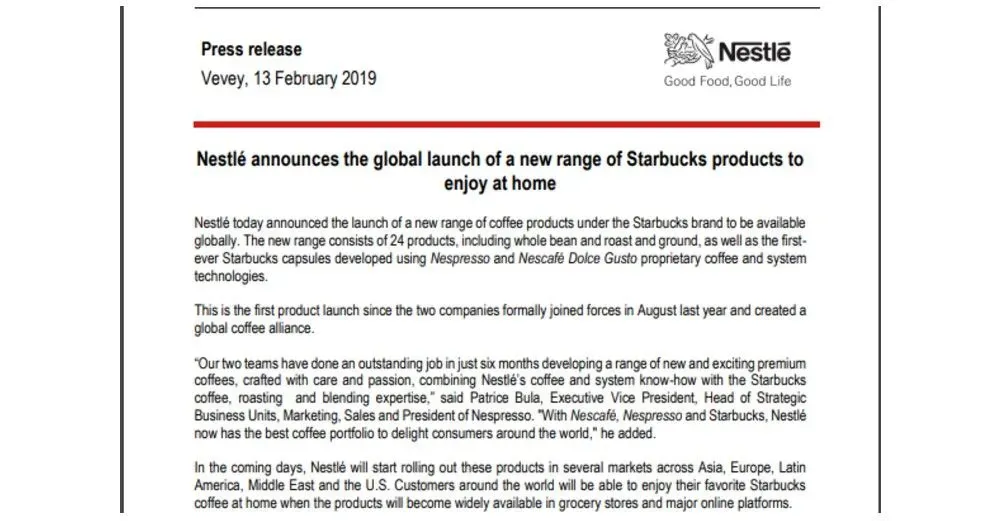How Long Should Press Release Be
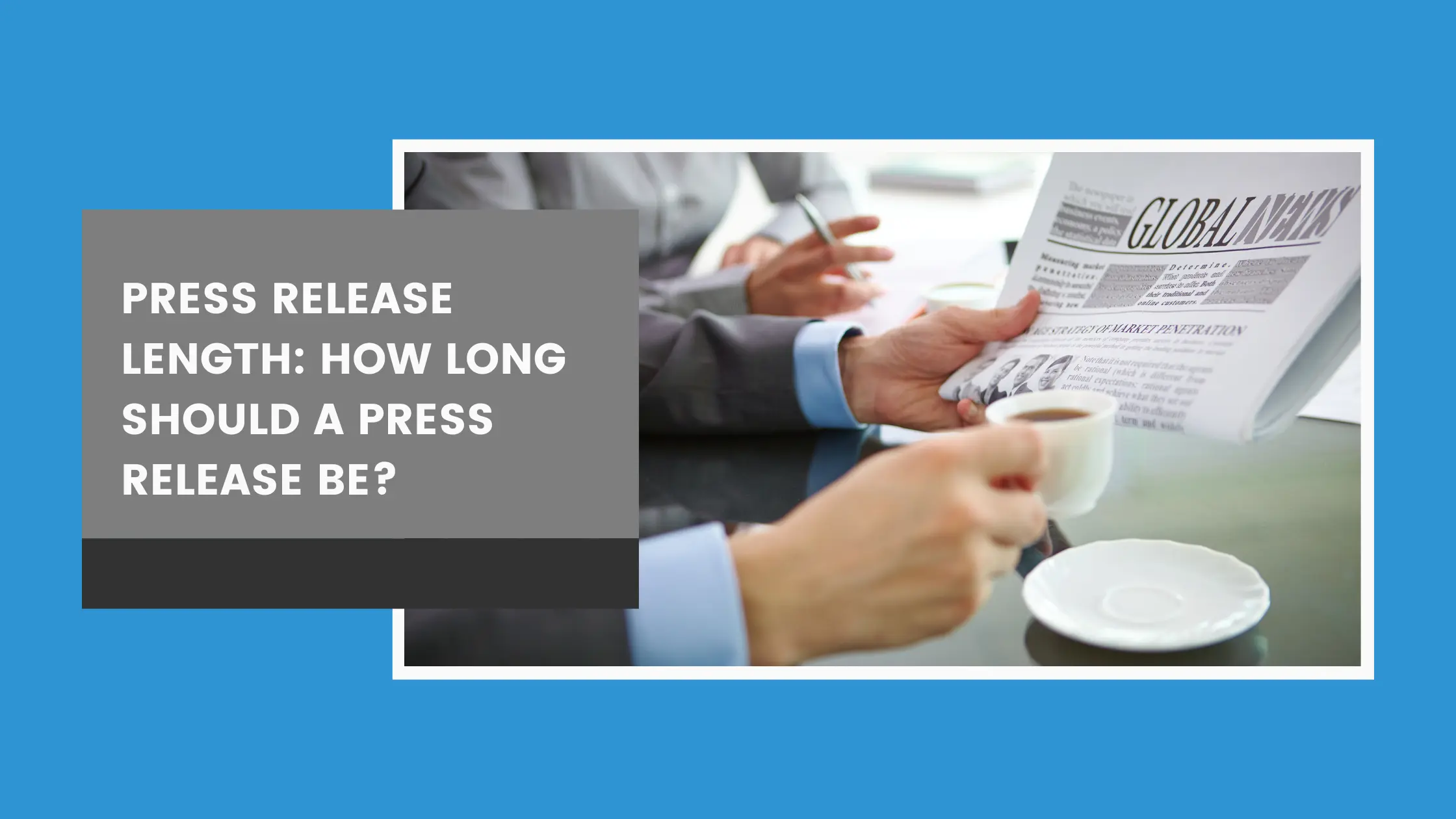
In the fast-paced world of news and information, the humble press release remains a vital tool for organizations seeking to communicate with the public. But in an era of shrinking attention spans, one question looms large: How long should a press release be to effectively convey its message and capture the interest of journalists and readers alike?
The ideal length of a press release is a subject of ongoing debate within the public relations industry. While there's no one-size-fits-all answer, experts generally agree on some key principles. These principles ensure clarity, conciseness, and optimal engagement.
The Core Principles: Clarity and Conciseness
The primary purpose of a press release is to disseminate information quickly and efficiently. This means that brevity is crucial. Longer releases are often skimmed or ignored, while concise releases are more likely to be read and acted upon.
Most PR professionals recommend aiming for a length of 400 to 500 words. This length allows for a comprehensive overview of the news without overwhelming the reader with excessive detail.
Shorter releases, even as short as 300 words, can be effective for announcements with limited scope. A well-crafted, shorter press release can be highly impactful if it presents the essential facts clearly and directly.
Key Elements of an Effective Press Release
Regardless of length, a successful press release must adhere to certain structural elements. These include a compelling headline, a strong lead paragraph, and supporting details presented in a logical order.
The headline should be concise and attention-grabbing, accurately summarizing the news being announced. The lead paragraph, also known as the nut graf, should immediately convey the who, what, where, when, why, and how of the story.
Subsequent paragraphs should provide supporting details, quotes from key individuals, and relevant background information. A call to action, directing readers to a website or contact person, is essential.
Industry Perspectives and Best Practices
According to a 2023 report by PR Daily, journalists overwhelmingly prefer press releases that are easy to scan and digest. This preference underscores the importance of clear and concise writing.
The report further suggests that press releases should be written in an inverted pyramid style, with the most important information presented first. This allows readers to quickly grasp the core message, even if they don't read the entire release.
"In today's media landscape, time is of the essence," says Jane Doe, a veteran PR professional at a leading communications firm. "Journalists are inundated with information, so it's crucial to deliver the most important details upfront and in a clear, concise manner."
Avoiding Common Pitfalls
One common mistake is including unnecessary jargon or corporate buzzwords. This can obscure the message and alienate readers. Use plain language and avoid technical terms that may not be widely understood.
Another pitfall is failing to target the press release to the appropriate audience. Before distributing a release, consider which media outlets and journalists are most likely to be interested in the topic.
Proofread carefully for errors in grammar and spelling. A poorly written press release can damage an organization's credibility.
The Impact of Digital Platforms
The rise of digital platforms has influenced the way press releases are distributed and consumed. Online releases should be optimized for search engines and include relevant keywords.
Links to multimedia content, such as images and videos, can enhance engagement and provide additional context. Social media integration is also essential, allowing readers to easily share the news with their networks.
Measuring the effectiveness of a press release is crucial. Track metrics such as website traffic, media mentions, and social media engagement to assess its impact.
A Human-Interest Angle
While factual accuracy and conciseness are paramount, incorporating a human-interest angle can significantly enhance a press release's appeal. Highlighting the impact of the news on individuals or communities can make the story more relatable and memorable.
For example, a press release announcing a new job creation initiative could feature a quote from someone who has benefited from the program. This personal touch can help to connect with readers on an emotional level.
By focusing on the human element, organizations can transform a dry, technical announcement into a compelling narrative.
Conclusion: Striking the Right Balance
Ultimately, the ideal length of a press release depends on the specific circumstances. However, prioritizing clarity, conciseness, and relevance is always essential.
By adhering to best practices and avoiding common pitfalls, organizations can create press releases that effectively communicate their message and achieve their desired outcomes. A well-crafted press release, regardless of length, remains a powerful tool for building brand awareness, shaping public perception, and driving business results.
Remember, a press release is only as effective as the information it conveys and how well it resonates with its target audience.



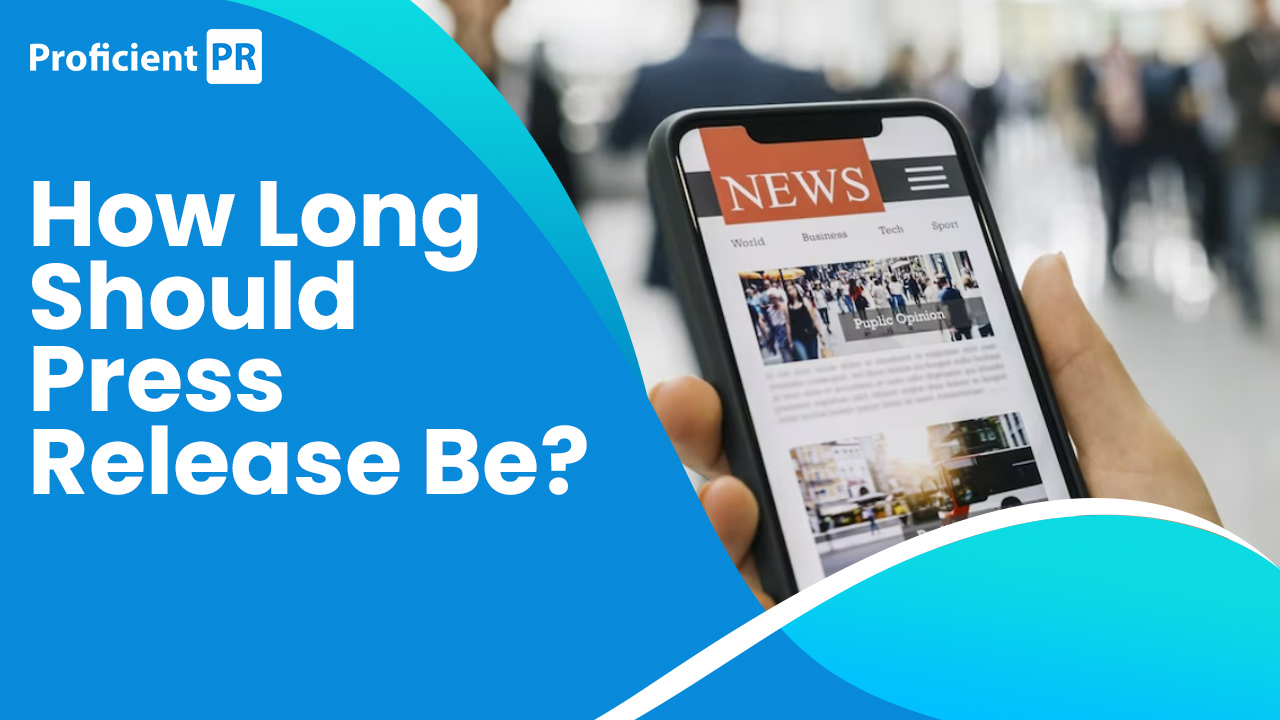
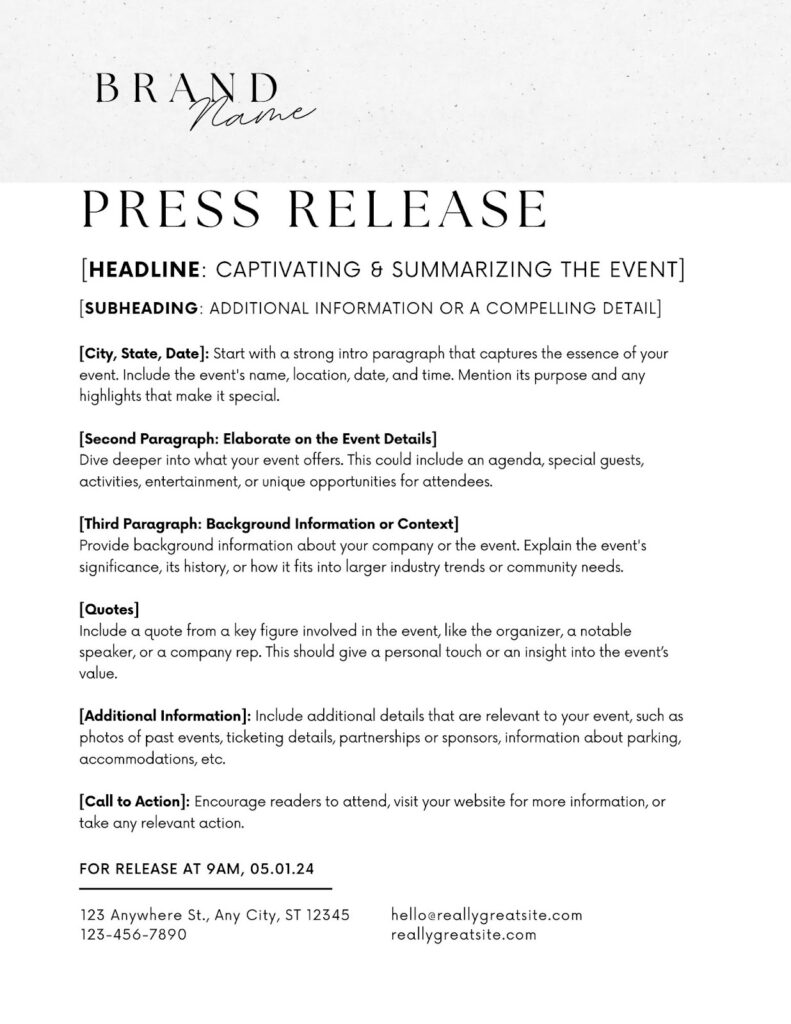
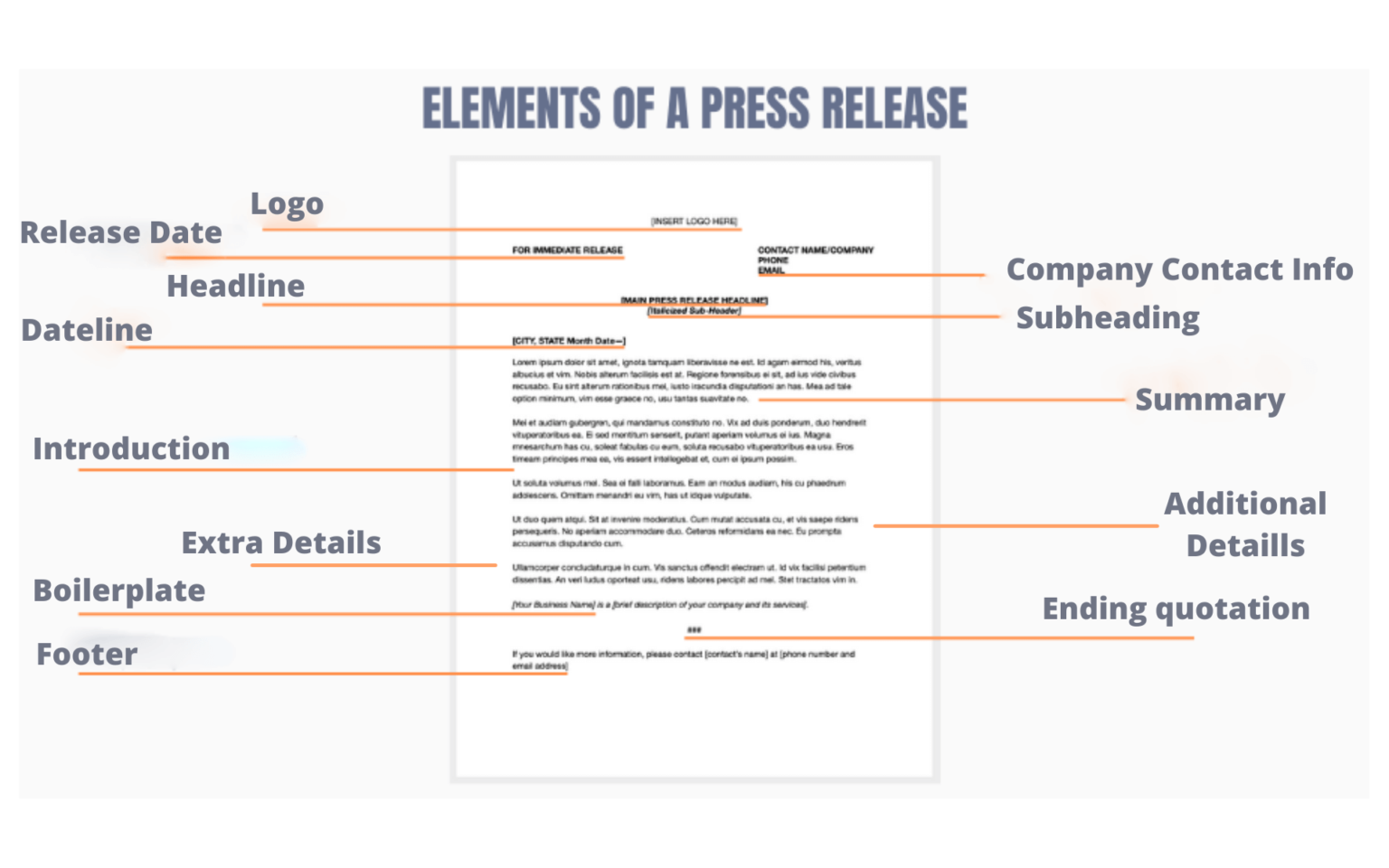
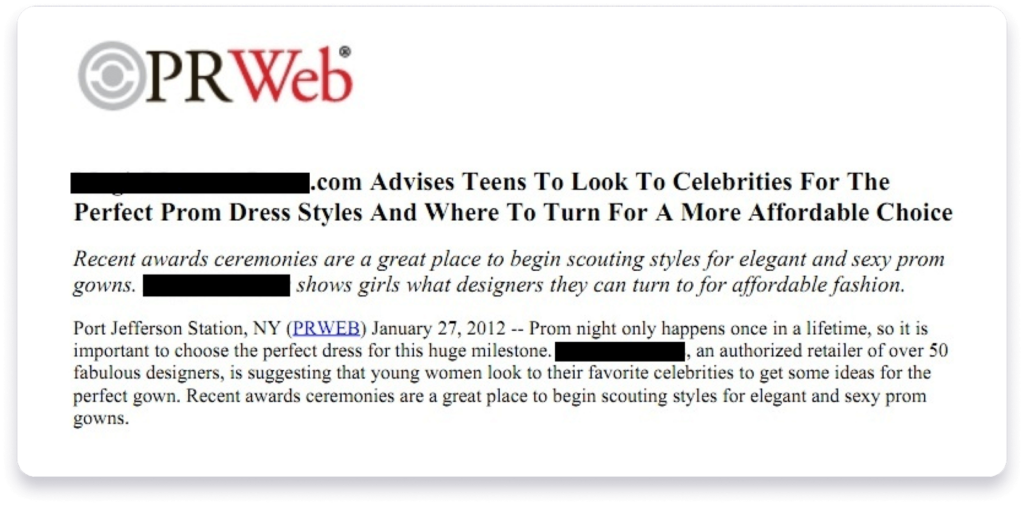
![How Long Should Press Release Be How to Send a Press Release by Email to Journalists [Example]](https://prowly.com/magazine/app/uploads/2019/05/Media-pitch-example-Semrush.png)
![How Long Should Press Release Be 5 Tips to Write a Killer Press Release [+ Free Template] - Zen Media](https://zenmedia.com/wp-content/uploads/2022/07/press-release-template-1638x2048.jpg)
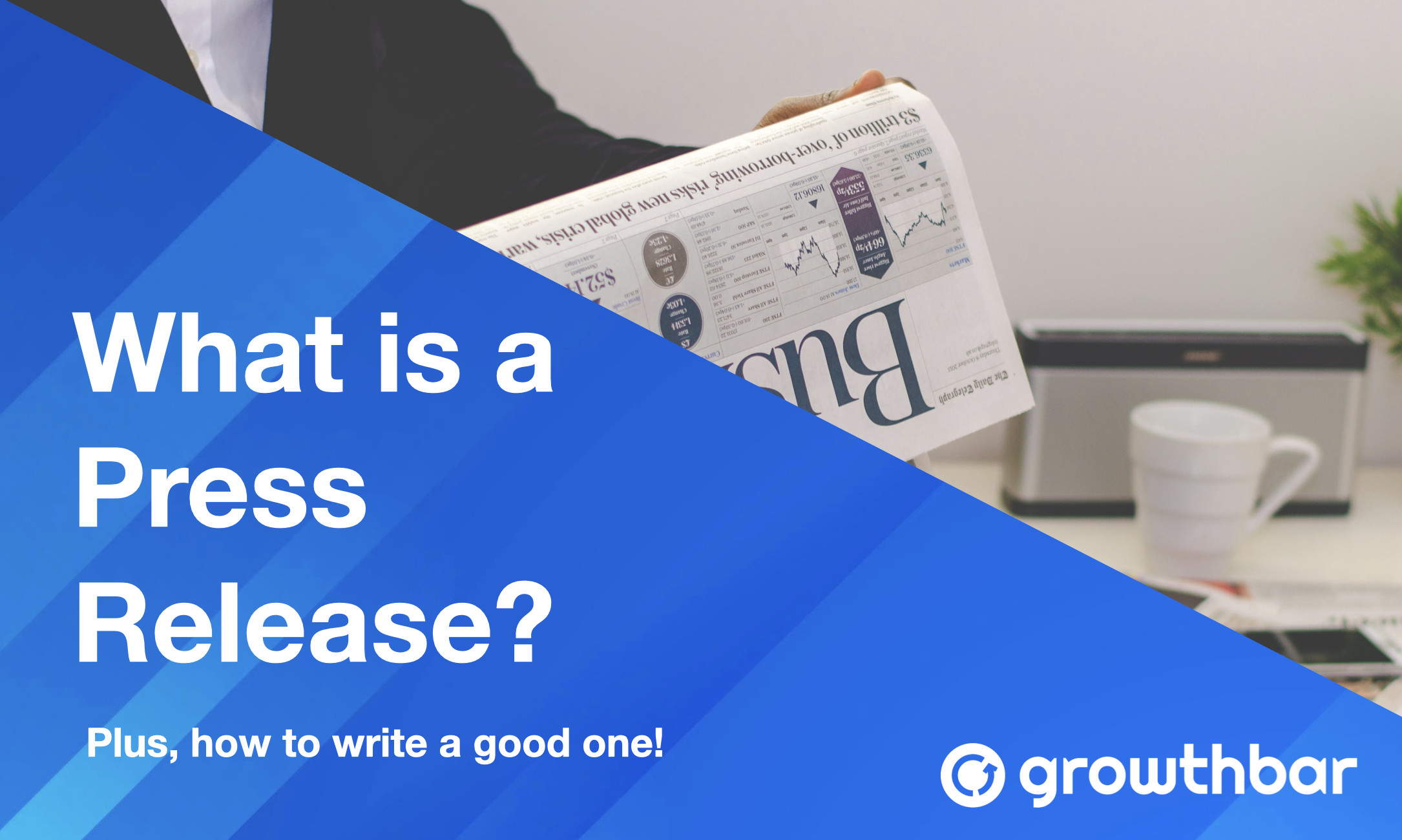
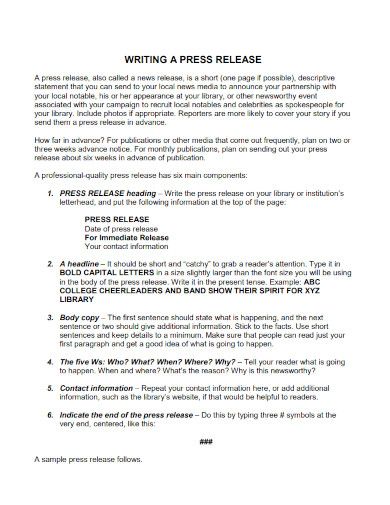
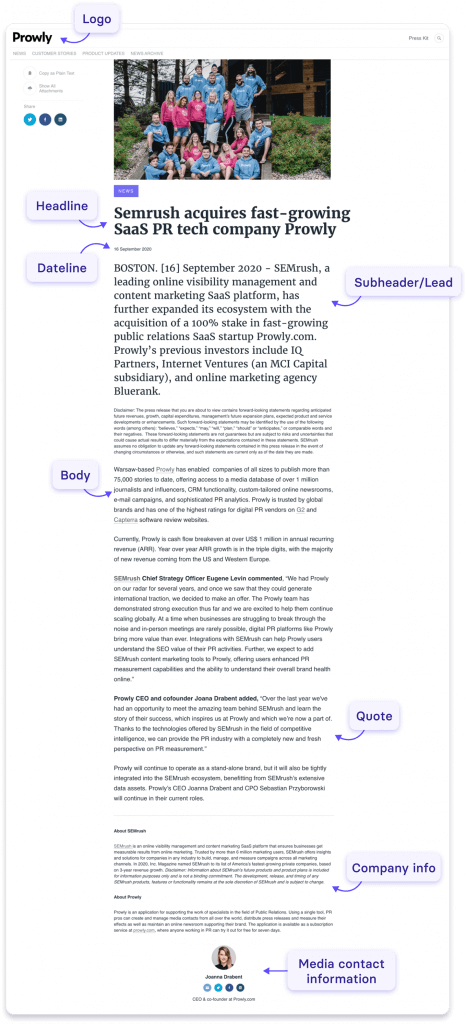


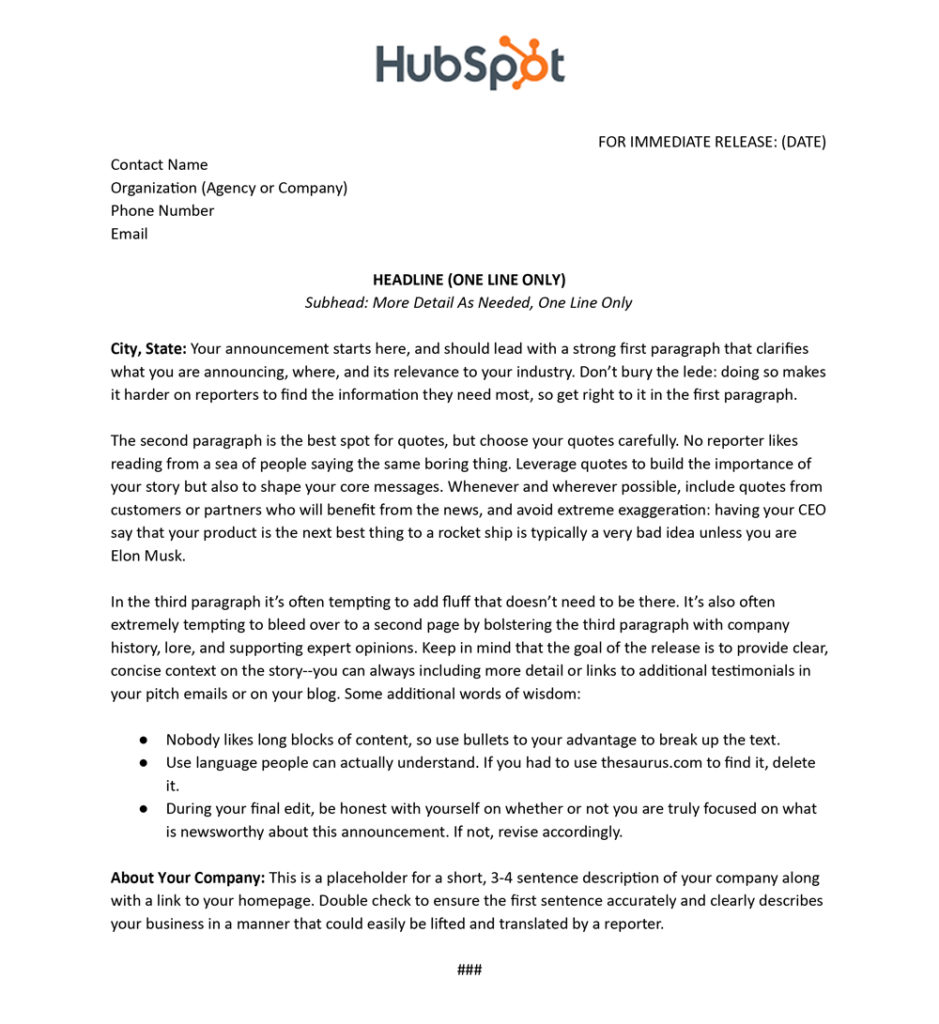
![How Long Should Press Release Be How to Create a Press Release Format in 2024 [+Examples]](https://ecampusontario.pressbooks.pub/app/uploads/sites/340/2016/08/FullSizeRender-11.jpg)
